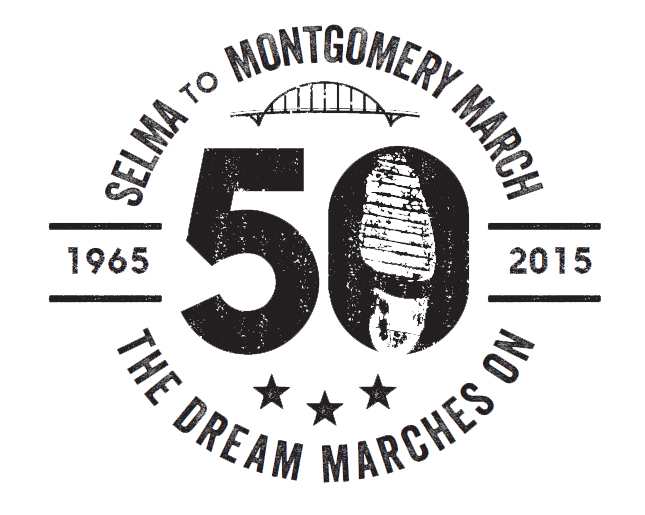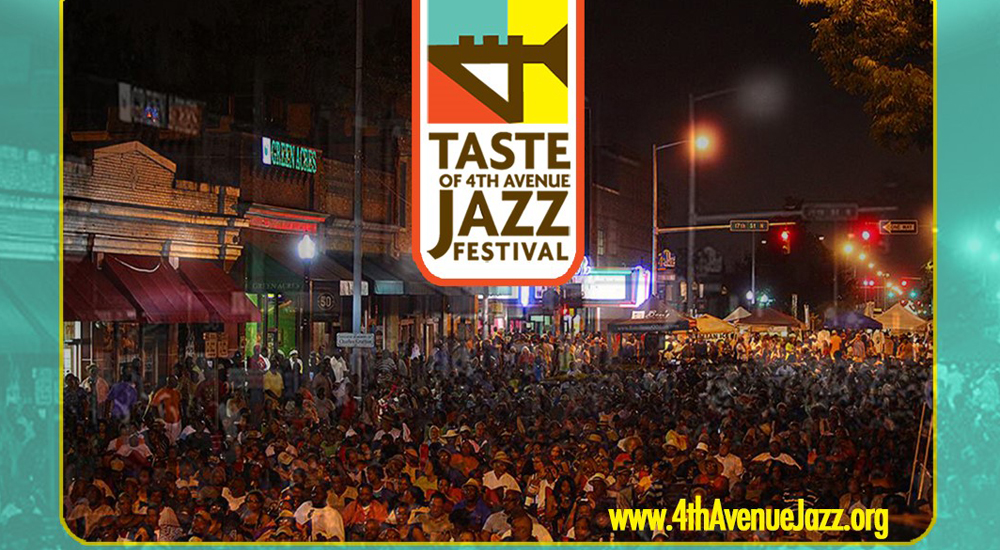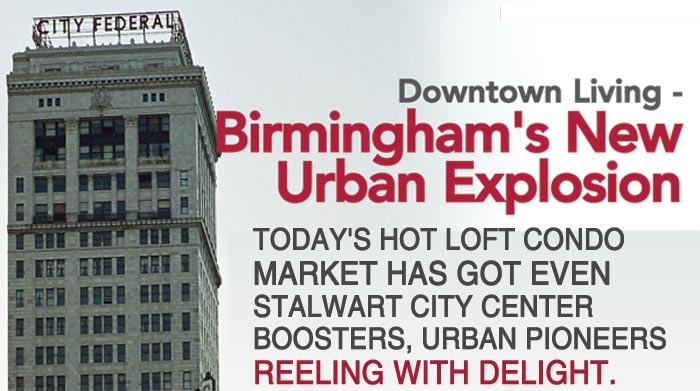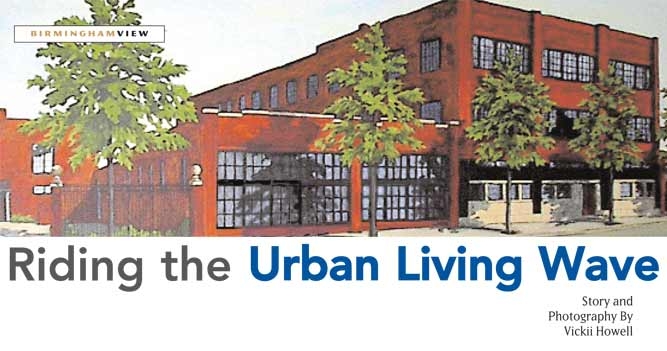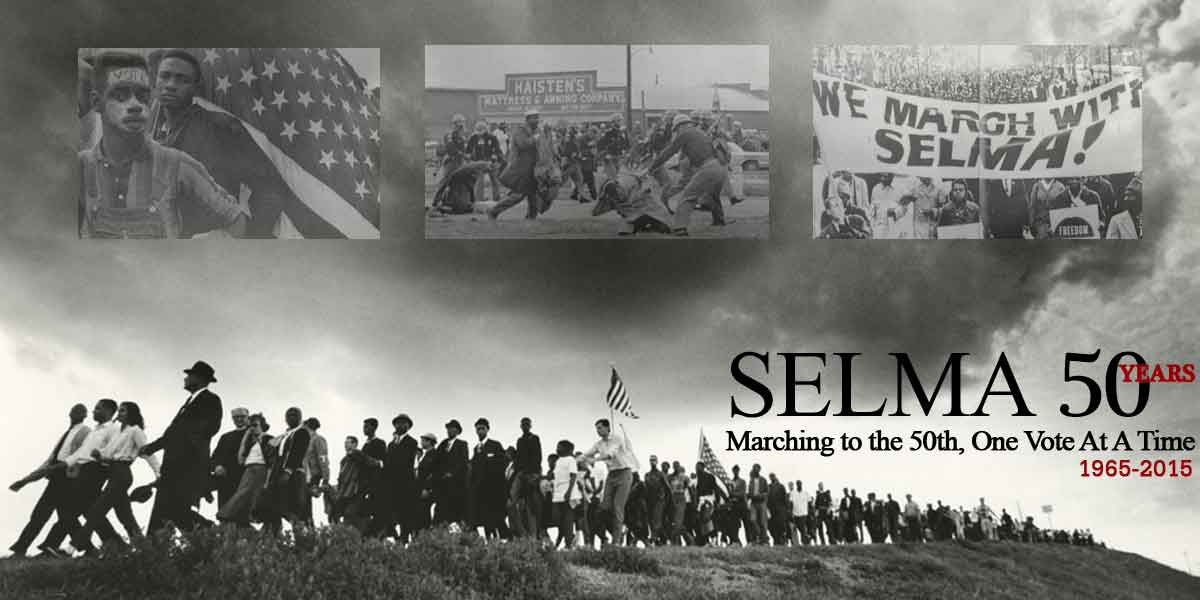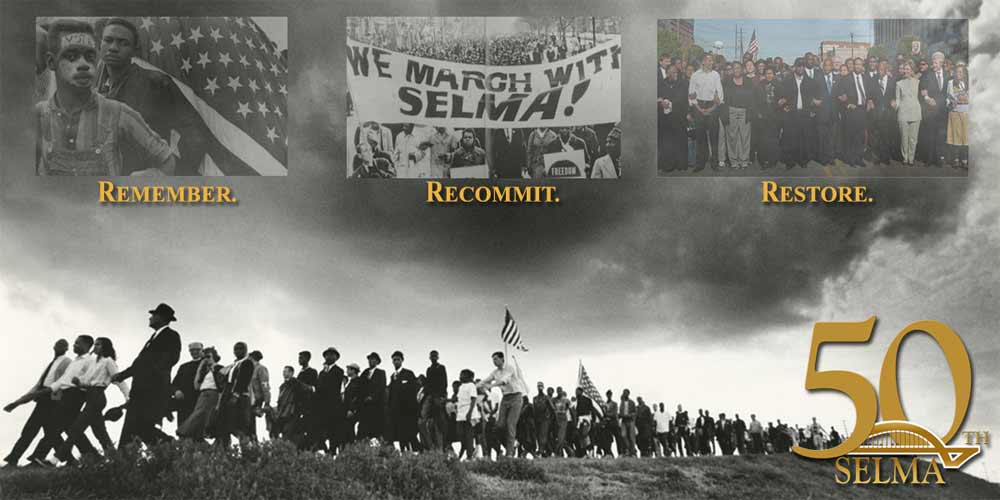
A group of railroad preservationists and young professionals kept alive a long dormant dream for a park in the Railroad Reservation District. The growing impetus for Downtown revitalization and a strategic alliance with the City has now put an innovative park plan on the fast track.
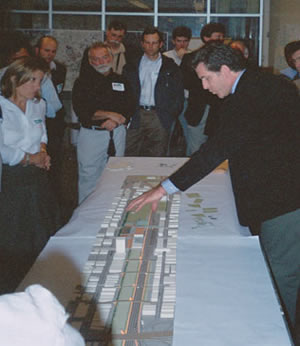
Tom Leader leans over a long table, throwing bits of green cardboard paper onto a long 3-D model of the proposed Railroad Reservation Park in the center of Downtown Birmingham.
The pieces of paper represent an amphitheater, a ball field, a body of water, or some park component that could potentially fill a narrow strip of unused space in the heart of the City. If too many pieces go into the space, he explains, the park would become crowded with too many activities.
Then, citizens who came to a public planning session split off into groups, and brainstormed about what they would like to see in the park.
For five months, two consultants have been baptized by an avalanche of ideas, thoughts and wishes from citizens involved in a massive community planning process.
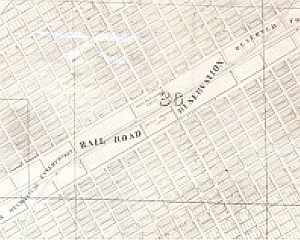 |
|
SPECIAL TO BV |
With assistance from local architects and engineering firms, they’ve taken that information to create a workable blueprint for what could be Birmingham’s most innovative park project since the Olmstead brothers – renowned landscape architects of the early 1900s – laid out Linn Park.
Called “Birmingham’s Central Park,” the grand design emerging in a narrow strip of land from Sloss Furnaces on the east to Trinity Steel on the west is a cultural attraction that could feature:
* a lake and streams feeding urban gardens;
* small tree-covered knolls overlooking wide green spaces;
* a multi-purpose amphitheater with a “wall of water;”
* an interpretative arts building;
* walking and bike trails, some next to the train tracks;
* trolleys that take visitors from one end of the park to the other;
* sports fields and a dog park.
“It looks really nice,” says Floyd Pharo Jr., who was visibly impressed after seeing the plan during a July public hearing. “So, when can we start?”
Not Just Another Plan 
Is this just an ambitious Birmingham pipe dream, another plan waiting to collect dust bunnies on a forgotten shelf?
Not if Renee Kemp-Rotan and the park’s civic boosters have their way.
“Nobody has looked at this plan and said, ‘This is just ridiculous. We can’t do this in a million years,’” Kemp-Rotan, a City official guiding the planning process. “This plan has been done in such a magnificent way that everybody can actually see the possibilities, that we can actually do this thing. Grand ideas, yes, but they are doable ideas.”
In January, FoRRd and the City of Birmingham officially joined forces, splitting a $160,000 tab to hire nationally-recognized consultants. The outcome is a grand park that they believe will be a cultural attraction as well as an economic development catalyst for Birmingham and the entire region.
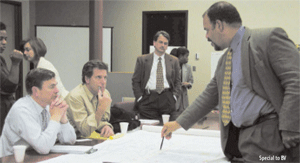 |
|
Tom Martin and Tom Leader listen as Bill Gilchrist (far right), head of City Planning Engineering and Permits Department, explains how the proposed park can be linked to upgrades at the nearby train and bus terminals. |
Tom Leader, an award-winning landscape architect from Berkeley, CA, is creating what Kemp-Rotan calls a palette, the basic land map for the park.
Tom Martin, a cultural economist with ConsultEcon, Inc. of Cambridge, Massachusetts, is laying the foundation for fund raising efforts and guiding development in such a way that the park generates self-supporting revenues.
The linear park encompasses a total of 70 acres. Leader’s plan focuses especially on the 14-acre strip of vacant city-owned land between the active rail lines and First Avenue South, from 14th Street to 18th Street. The park also includes what is commonly called “The Cut,” a thin strip of abandoned railroad tracks along First Avenue South that runs below-grade from 24th Street to 20th Street South.
The Railroad Reservation Park may one day extend beyond the borders of its proposed boundaries.
During a meeting with Martin, Jefferson County Commissioner Shelia Smoot and county consultants talked about the possibility of linking their growing system of greenways to the new park at some point in the future.
 |
| A composite aerial picture of the proposed area where the park will be built. |
Everyone’s Included
Kemp-Rotan, in charge of capital projects in the Mayor’s Office, invited the County to be part of the park’s planning process. In fact, she has taken unusual steps to ensure that process is as inclusive as possible.
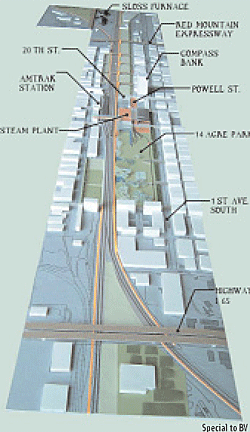 |
|
An early model shows the proposed layout for Railroad Reservation Park along railroad tracks in the heat of Downtown Birmingham. |
The Mayor’s Office and FoRRd organized a series of meetings in May with the consultants, who showed their initial concepts for the park to people representing just about every sector of Birmingham.
The “Two Toms” have heard from children and college students, to elected officials and company heads; from architects, geologists and railroad engineers, to history buffs and artists; from civic and neighborhood leaders to just plain ol’ interested citizens. They’ve talked to people in small groups, large groups, in private and public hearings, over dinner and on the phone, on the ground and in tall buildings.
For example, Martin met with chiefs of the Greater Birmingham Convention and Visitors Bureau in May to explain the park. Most of them hadn’t heard of it then.
President Jim Smither and Vice President of Tourism Sara Fuller Hamlin ask what amenities would attract tourists to the park. They said it would need trolleys, spaces for family reunions, places to eat, spots to learn city history and be entertained – anything the bureau could market.
“We want to see some activity that we can sell. Do that, and we’ll be your biggest supporters,” Smither says.
Martin tells them the Railroad Reservation Park could be marketed on many levels – a recreational park for residents and Downtown workers, a regional park featuring events such as the Schaeffer Eye Center Crawfish Boil (already staged at the site), and a destination for conventioneers and tourists.
“The bottom line is that this becomes what Tom Leader calls ‘the regional living room’ for the community, where everybody comes and feels comfortable,” Martin says. “This could be a state park in one of the biggest cities in the state and, arguably, one of the most important national parks in the country.”
After the presentation, Hamlin says, “This is a wonderful project that we would love to see come to fruition.”
Out-of-the Box Ideas
At a July meeting with the Cultural Alliance of Greater Birmingham, members of various arts groups looked at the plan. They said the proposed arts building could create interactive ways for people to “get hooked” on the arts, creating awareness and demand for their various programs.
“People will go out and find things that give them that same experience (in the park). They will be willing to go to the Alys Stephens Center or Sloss Furnaces,” said Rosemary Johnson, of the Alabama Dance Council.
 |
| Ideas from other parks across the world include use of projection screens (far left) or coin operated light booms with spotlights that follow a persons motions through the park. |
Olivia Eaton of the Academy of Fine Arts Inc, who spent her formative years in arts-rich Chicago, said the arts building, whatever form it finally takes, must set innovative standards well beyond what Birmingham people are used to seeing.
“I am happy, overjoyed to see this,” she said. “But I want us to think outside the box, to see past four walls. We could have a structure with moving walls, experience the changing seasons . . . something that gives us maximum use of the arts we have, as well as the arts of the future.”
Kemp-Rotan – an international architect by training whose wide-ranging, 30-year professional background includes managing the creation of Atlanta’s Centennial Olympic Park in the mid ‘90s and other multi-million dollar projects – brings a world view to Birmingham’s park planning process.
She muses:
Maybe the park could have features like Rotterdam’s (The Netherlands) Theater Square, where putting a quarter in a large motion-sensitive light boom causes a spotlight to follow you where ever you move.
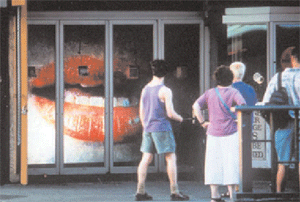 |
| This innovative park will be as “synonymous with Birmingham as Central Park is with New York City,” Kincaid says. (Above) People stop to watch the talking lips. |
Or it could have public displays similar to those of architect Christopher Janney, where a passing train or a child stepping on certain stones or steps in the park triggers exciting displays of steam, lights, sounds and music.
Or giant talking lips – like those designed by the husband-and-wife architectural team of Diller + Scofidio – can be projected onto walls, screens or a bay of televisions to direct park visitors to other cultural attractions, events and restaurants in the City Center and the region.
Besides just building the park, Kemp-Rotan says the community must answer a host of questions about what should happen inside the park:
What art performances and outreach programs will take place; what histories (railroad, industrial, labor, civil rights, culture, etc.) will be told and how; what features will exhibition buildings and other structures have; how will other cultural institutions incorporate their presence into park activities; how should the park be lighted to provide for security; how will signs, light posts, benches be designed (and many other considerations)?
Future Funding
Giles Perkins, FoRRd’s current president, says his group couldn’t be happier with the process and the progress being made on a plan that for many years was just an idea. But the Railroad Reservation Park plan will need millions of dollars to move it to reality.
“It will be a challenge to raise the money. However, the community’s involvement in our process makes me optimistic that we will be able to do this,” he says. “I am highly confident we’ll see regional support.”
Kemp-Rotan says she is managing and documenting the entire park planning process in an effort to meet federal guidelines for community involvement and secure future funding. “The only way to get money from the feds is to prove public participation. So I made sure that this is not only well-documented, but well-branded as we go.”
Mayor Bernard Kincaid has appointed an 11-member steering committee (which includes key FoRRd members) to find strategic ways to breathe life into the park plan. The hope is to have something people can see coming out of the ground in two to five years.
“I am, as Renee would say, ‘gassed’ about our planning for the Railroad Reservation Park,” Kincaid says. He appointed her to drive the park project as the first key initiative recommended in the City Center’s recently-developed 10-year master plan.
He believes the innovative park will be as synonymous with Birmingham as Central Park is with New York City and Inner Harbor is with Baltimore. “We’re just so pleased about what this means to us, the planning that has gone into it, and more than that, the alliance that’s been formed between the City and the Friends of the Railroad District.”
He says citizens, once they hear about the plan and see it taking shape, will take pride in the park. He sees it as a bridge that unites various people and parts of Birmingham in a central location.
“This Park master plan will serve as a new destination for tourists and as a new spark plug for economic development,” Kincaid says. “This park will create a new and even greater day for the City of Birmingham. . . We want everyone to come to City Council September 13 to see the final plan presented to the City.”


